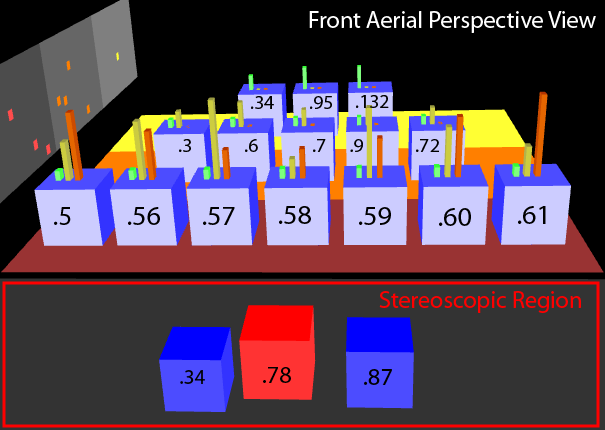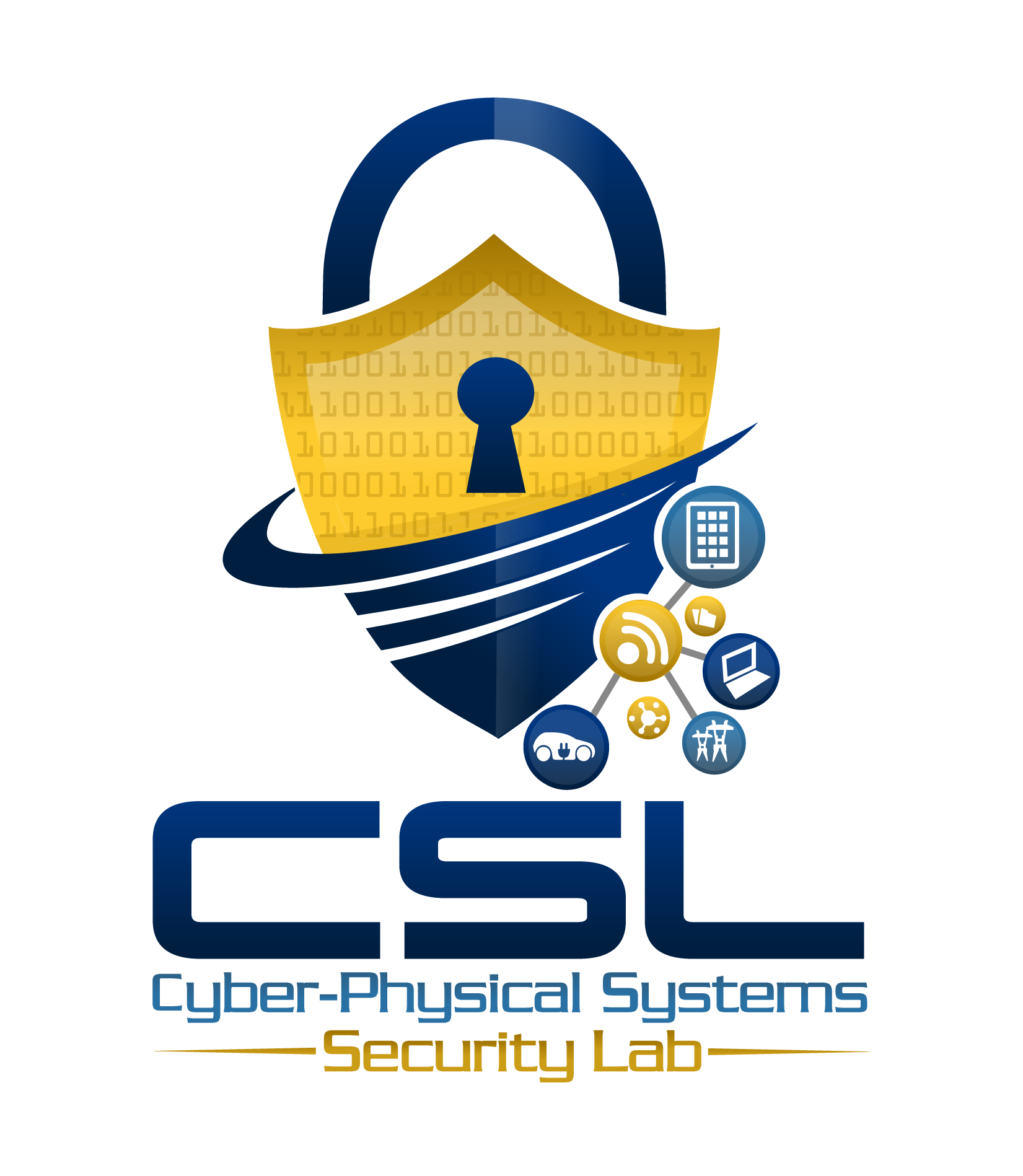3DSVAT: A 3D Stereoscopic Vulnerability Assessment Tool for Network Security

As the volume of network data continues to increase and networks become more complex, the ability to accurately manage and analyze data quickly becomes a difficult problem. Many network management tools already use two-dimensional (2D) and three-dimensional (3D) visualization techniques to help support decision-making and reasoning of network anomalies and activity. However, a poor user interface combined with the massive amount of data could obfuscate important network details. As a result, administrators may fail to detect and identify malicious network behavior in a timely manner. 3D visualizations address this challenge by introducing monocular and binocular visual cues to portray depth and to increase the perceived viewing area. In this work, we explore these cues for 3D network security applications, with a particular emphasis on binocular disparity or stereoscopic 3D. Currently, no network security tool takes advantage of the enhanced depth perception provided by stereoscopic 3D technologies for vulnerability assessment. Compared to traditional 3D systems, stereoscopic 3D helps improve the perception of depth, which can, in turn reduce the number of errors and increase response times of network administrators. Thus, we introduce a stereoscopic 3D visual Framework for Rendering Enhanced 3D Stereoscopic Visualizations for Network Security (FRE3DS). Our novel framework uses state-of-the art 3D graphics rendering to assist in 3D visualizations for network security applications. Moreover, utilizing our framework, we propose a new 3D Stereoscopic Vulnerability Assessment Tool (3DSVAT). We illustrate the use of 3DSVAT to assist in rapid detection and correlation of attack vulnerabilities in a subset of a modified local area network data set using the enhanced perception of depth in a stereoscopic 3D environment.
- Troy Nunnally, A. Selcuk Uluagac, R. A. Beyah, and J. A. Copeland, “3DSVAT: A 3D Stereoscopic Vulnerability Assessment Tool for Network Security”, in Proceedings of the IEEE International Conference on Local Computer Networks (LCN), October 2012, [bibtex],[pdf]



